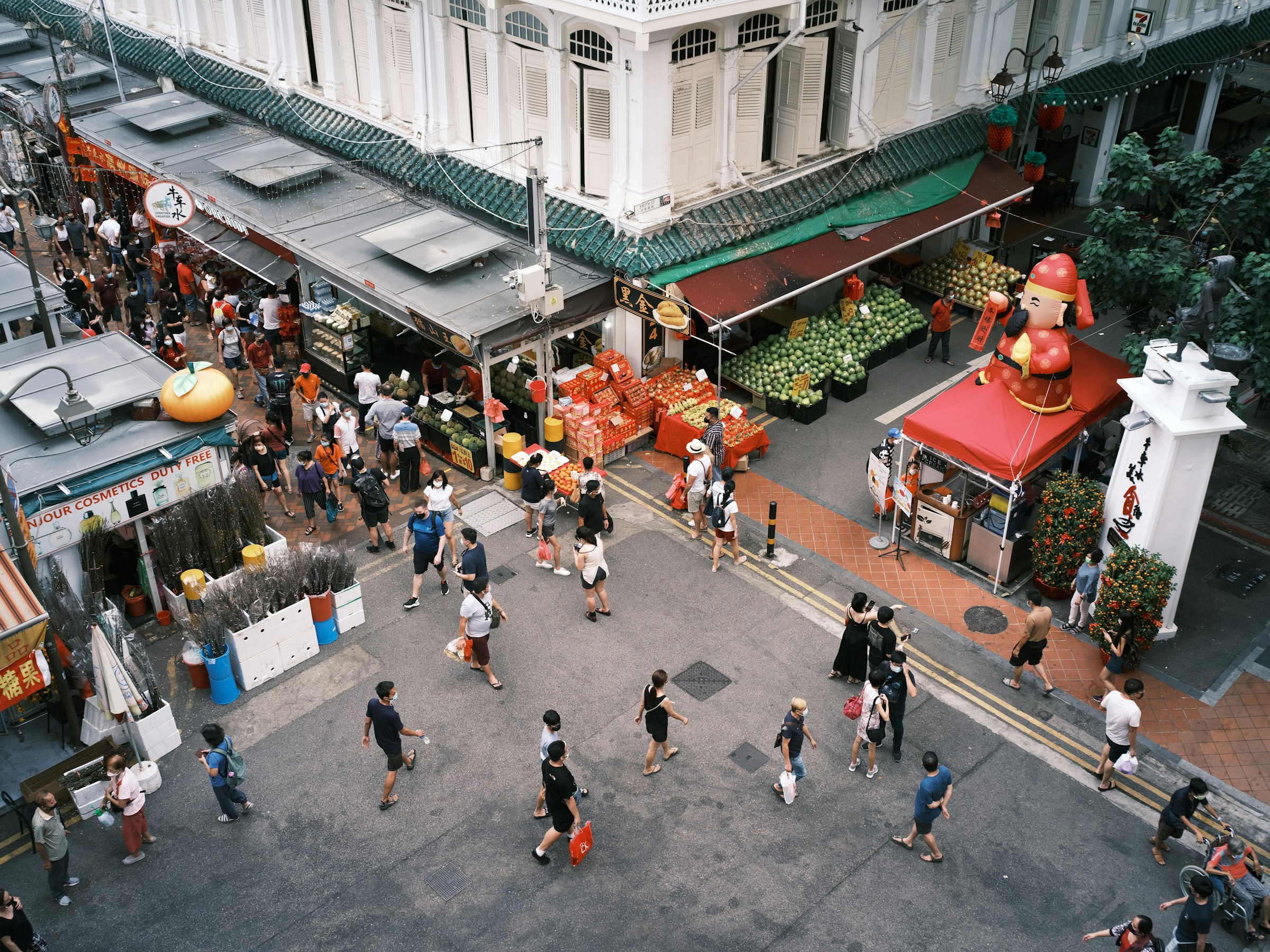On a weekday train, you can hear four languages in one carriage and still sense a single mood. Uniforms, EZ-Link taps, the soft choreography of peak hour. That sameness is not accidental. It is a daily ritual that quietly builds a national “we,” long before anyone reaches for vocabulary like identity.
This is why the latest Singapore identity survey lands with a familiar note. Nationality remains the strongest marker of who people are here, and it has stayed that way across multiple waves of research by the Institute of Policy Studies. In the 2024 fieldwork of about 4,000 residents, nationality was the most selected “top” identity component, beating race and religion. CNA’s read of the new working paper puts the split at 35.9 percent for nationality, 20.6 percent for race, and 16.1 percent for religion, with the survey conducted from April to August 2024.
So where does that viral “80 percent” line come from. Some outlets framed the finding as nearly four in five people prioritising nationality, which collapses two separate ideas: people who say nationality matters, and people who rank it first. The IPS questionnaire asks respondents to weigh nine different identity pieces, and there is a difference between “important” and “most important.” The nuance matters.
Even with the percentages clarified, the headline is not wrong about the mood. The study threads in a second storyline. Religion is becoming a stronger force in how people explain themselves. More Singaporeans say their faith or spiritual beliefs shape decisions at work, in business, and in daily life. That shift shows up in both the working paper and the press coverage around it.
If nationality sets the stage, religion is turning up the volume on specific scenes. You can see it in small choices. Office chats about halal catering travel faster. Group chats light up with festival greetings that are not only polite, but personal. The IPS authors note that a majority of religiously affiliated respondents call their faith important, and many say it gives meaning to the good and the hard parts of life. It reads less like a hard swing into dogma and more like a steady re-centering of values in a busy, online-first city.
The interesting part is how these two currents sit together. Nationality gives a shared container. It is the reason strangers understand the same acronyms, the same MRT etiquette, the same public-holiday rhythm. Religion gives texture. It explains why lunch breaks lengthen on certain Fridays, why your feed is full of temple processions one month and candlelight services another. The IPS trend lines suggest both can rise without canceling each other. Identity is additive, not zero-sum.
Zoom in and the splits sharpen. The data shows age, education, and income shape which identities feel most salient. Older and less affluent respondents are more likely to place religion at the center. Younger and higher-income groups report lower intensity on religious practice, but that does not erase belief, it just moves where it lives. You notice it in media habits. Fewer weekly services, more faith content on phones. Posts replace pews, and meaning still gets made.
There is also a privacy to nationality that makes it easy to agree on. You do not need to declare it every day. It hums under everything from HDB void decks to hawker queues. Religion asks for more visible signals. What you wear. What you eat. Where you refuse to cut corners. That visibility can warm a room, or raise the temperature. The IPS researchers point out that stronger religious salience can bring pressure for beliefs to shape public norms. Singapore’s model has long made space for practice within a clear secular frame. That arrangement will keep getting negotiated, gently in committees and sometimes loudly online.
If you read identity as an aesthetic, you miss the system. Nationality is the infrastructure. It is neighborhood quotas, national service obligations, and school assembly songs that most people have not sung in years but still know by heart. Religion is the content layer that loads on top depending on the day. When systems and content align, life feels seamless. When they clash, you get those awkward office polls and long Slack threads that go nowhere.
The Singapore identity survey is a pulse check, not a litmus test. It tells us the center holds, because nationality still anchors the story. It also says the periphery has energy. Faith is more present in how people narrate their choices. That mix does not guarantee harmony, but it does describe the real city better than any single label can.
What does this look like for an ordinary week. The flag still goes up in schools. The halal sign still guides where teams book lunch. The queue still works, especially when everyone is tired. And on screens, the algorithm learns your rituals. It serves you sermons or sutras between recipe reels, and somehow it still knows to slide in a hawker review from Bedok.
If the online fuss loves big numbers, the offline truth is quieter. Thirty-five point nine percent is not a roar. It is a baseline. It means nationality is the agreed anchor, while other identities take turns at the mic. The balance is not a given. It is a habit, repeated in trains, in canteens, in comments that do not become fights. That is what belonging looks like here. Not a slogan. A practiced rhythm that lets difference be present without becoming the whole show.
For anyone trying to turn this into a single takeaway, try this instead. Identity in Singapore is a duet. Nationality keeps time. Religion improvises. Both are getting louder and softer depending on context. The set changes, the tempo shifts, and the audience stays. That is the point. And maybe the pride.






.jpg&w=3840&q=75)







